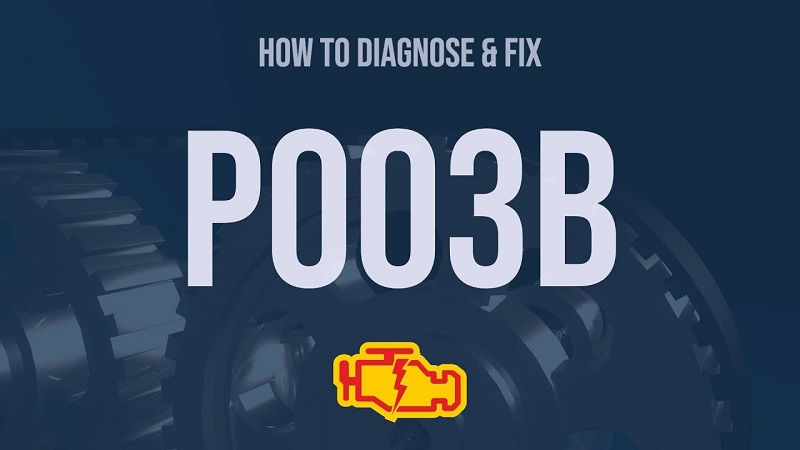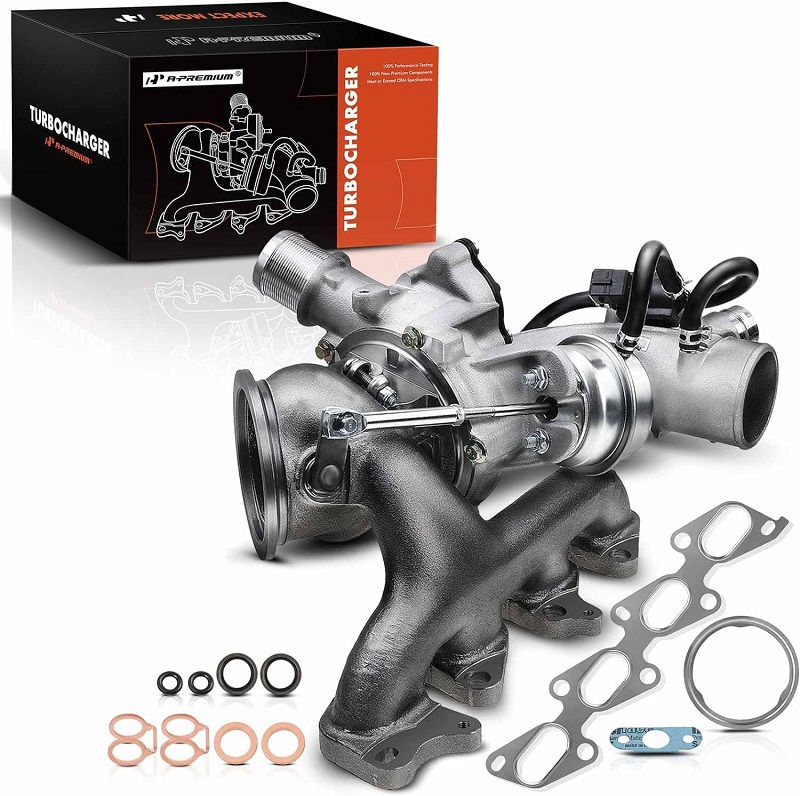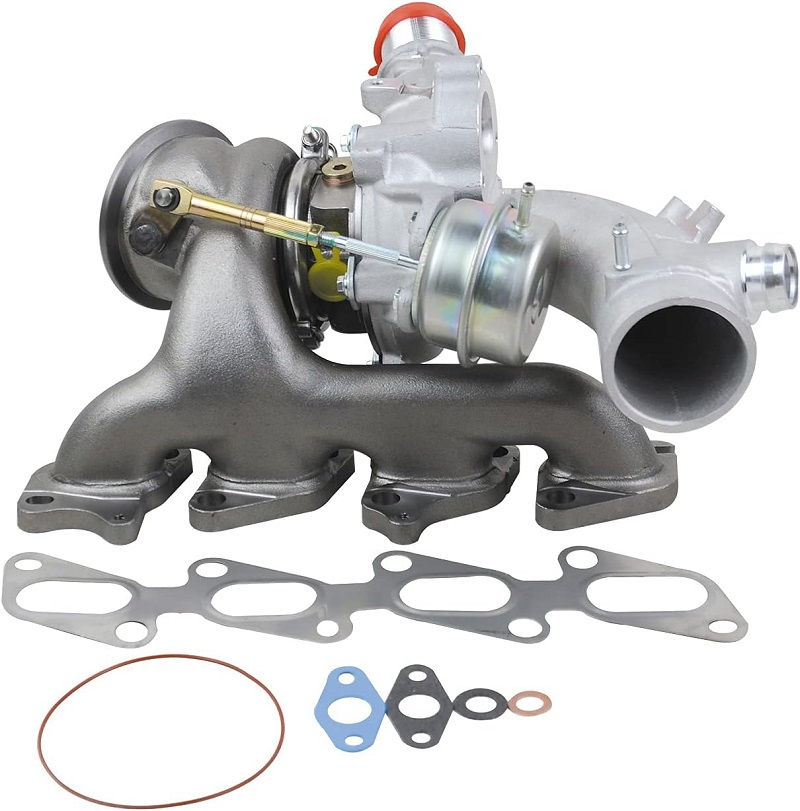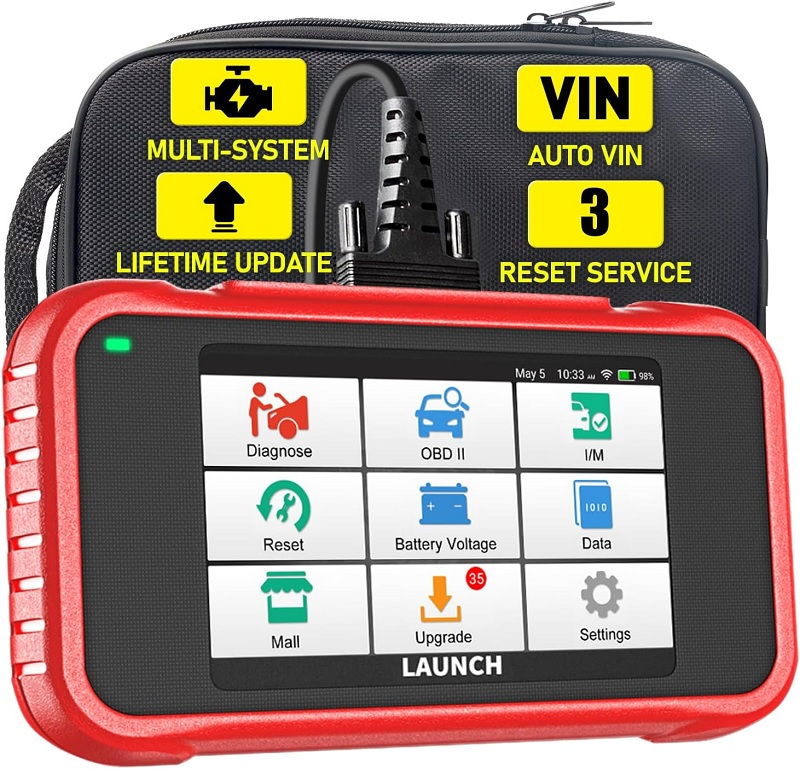This post contains affiliate links. This means I will make a commission at no extra cost to you should you click through and make a purchase [ “As an Amazon Associate, I earn from qualifying purchases.” ]. Read the full disclosure here.
Deciphering P003B: Understanding Turbocharger/Supercharger Boost Control “B” Position Exceeded Learning Limit GuideMechanic.Com In the intricate language of automotive diagnostics, trouble codes serve as vital clues in uncovering underlying issues within a vehicle’s systems.
One such code, P003B, delves into the realm of turbocharger/supercharger boost control, specifically highlighting the “B” position exceeding the learning limit.
In this comprehensive article, we embark on a journey to unravel the complexities surrounding P003B, exploring its significance, potential causes, diagnostic procedures, and effective solutions.
See Also: P0039 Turbo/Super Charger Bypass Valve Control Circuit Range/Performance
P003B Turbocharger/Supercharger Boost Control “B” Position Exceeded Learning Limit
Understanding P003B:

P003B is part of the OBD-II (On-Board Diagnostics II) system, a standardized protocol implemented in vehicles to monitor and report malfunctions related to engine performance and emissions control.
Specifically, P003B signifies an issue with the turbocharger or supercharger boost control system, where the “B” position exceeds the learning limit.
To comprehend the implications of this code, it’s essential to understand the role of the turbocharger or supercharger in enhancing engine performance.
Turbochargers and superchargers are forced induction systems designed to increase an engine’s power output by compressing air before it enters the combustion chamber.
Boost control systems regulate the amount of boost pressure supplied to the engine, ensuring optimal performance under varying operating conditions.
The “B” position refers to a specific parameter or setting within the boost control system, which, when exceeded beyond the learning limit, can lead to issues such as overboost or underboost conditions.
When P003B is triggered, it indicates that the boost control system has detected that the boost pressure has surpassed the learning limit for the “B” position.
This could result in performance issues, such as reduced engine power, increased fuel consumption, or potential damage to engine components if not addressed promptly.
P003B Turbocharger/Supercharger Boost Control “B” Position Exceeded Learning Limit
Common Causes of P003B:
Diagnosing the root cause of P003B requires a systematic approach and a thorough understanding of forced induction systems.
While precise diagnosis often necessitates specialized tools and expertise, several common culprits are typically associated with this trouble code:
Faulty Boost Control Solenoid:
The boost control solenoid, responsible for regulating boost pressure, may malfunction or become stuck in a position beyond the learning limit, leading to erratic boost levels.
Wiring Issues:
Any abnormalities in the wiring harness connected to the boost control solenoid can lead to intermittent signals or voltage fluctuations, affecting solenoid operation and triggering P003B.
Boost Pressure Abnormalities:
Problems with the turbocharger or supercharger system, such as leaks, blockages, or irregular boost pressure levels, can indirectly affect boost control system operation and trigger P003B.
Faulty Sensors:
Malfunctioning sensors, such as the manifold absolute pressure (MAP) sensor or the boost pressure sensor, can provide inaccurate data to the engine control unit (ECU), leading to improper boost control and triggering P003B.
ECU Malfunction:
In rare cases, the issue may lie with the ECU itself, which fails to interpret sensor data accurately or send the appropriate commands to control boost pressure within the specified limits.
P003B Turbocharger/Supercharger Boost Control “B” Position Exceeded Learning Limit
Diagnostic Procedures:
To diagnose and address P003B effectively, automotive technicians typically follow these steps:
Code Retrieval:
Utilize an OBD-II scanner to retrieve the trouble code (P003B) stored in the vehicle’s ECU. This confirms the presence of the issue and provides a starting point for diagnosis.
Visual Inspection:
Conduct a thorough visual inspection of the turbocharger or supercharger system, including the boost control solenoid, wiring harness, connectors, and associated components. Look for signs of damage, corrosion, or loose connections.
Test Boost Control Solenoid:
Verify the boost control solenoid’s mechanical operation and electrical signals, ensuring it responds correctly to control commands from the ECU.
Check Wiring and Connectors:
Inspect the wiring harness and connectors associated with the boost control solenoid for any signs of damage, corrosion, or poor connections. Repair or replace damaged components as necessary.
Test Boost Pressure System:
Investigate the turbocharger or supercharger system for potential issues affecting boost pressure, such as leaks, blockages, or irregularities. Address any abnormalities to ensure proper boost control and prevent future occurrences of P003B.
P003B Turbocharger/Supercharger Boost Control “B” Position Exceeded Learning Limit
Potential Solutions:
Based on diagnostic findings, several solutions may be required to rectify P003B:
Replace Boost Control Solenoid:
If the boost control solenoid is found to be faulty, replace it with a new one from a reputable manufacturer to ensure proper regulation of boost pressure within the specified limits.
Repair Wiring Issues:
Address any wiring problems identified during inspection, such as repairing damaged wires, replacing connectors, or improving grounding connections to ensure consistent electrical signals.
Check Boost Pressure System:
Inspect the turbocharger or supercharger system for leaks, blockages, or irregularities affecting boost pressure. Address any issues to prevent future occurrences of P003B and ensure proper engine performance.
Replace Faulty Sensors:
If malfunctioning sensors are identified as the cause of P003B, replace them with new sensors to provide accurate data to the ECU and enable proper boost control.
Rectify ECU Issues:
If the issue lies with the ECU, consult with a qualified technician to determine the appropriate course of action, which may involve repairing or replacing the ECU to ensure accurate interpretation of sensor data and control of the boost control system.
Conclusion:
See Also: P003A Turbocharger/Supercharger Boost Control “A” Position Exceeded Learning Limit
P003B, indicating that the turbocharger or supercharger boost control “B” position has exceeded the learning limit, underscores the importance of precise control in forced induction systems.
By following systematic diagnostic procedures and addressing potential causes such as faulty components, wiring issues, or boost pressure abnormalities, automotive technicians can effectively resolve P003B and restore optimal engine performance and efficiency.
Regular maintenance and proactive troubleshooting are essential for identifying and addressing trouble codes promptly, ensuring vehicles operate smoothly and reliably on the road.
- P007F 62 Code Range Rover - June 10, 2024
- P007F Ford Focus: Causes, Diagnosis, and Solutions - June 5, 2024
- P0080 Ford: Causes, Diagnosis, and Solutions - May 31, 2024



